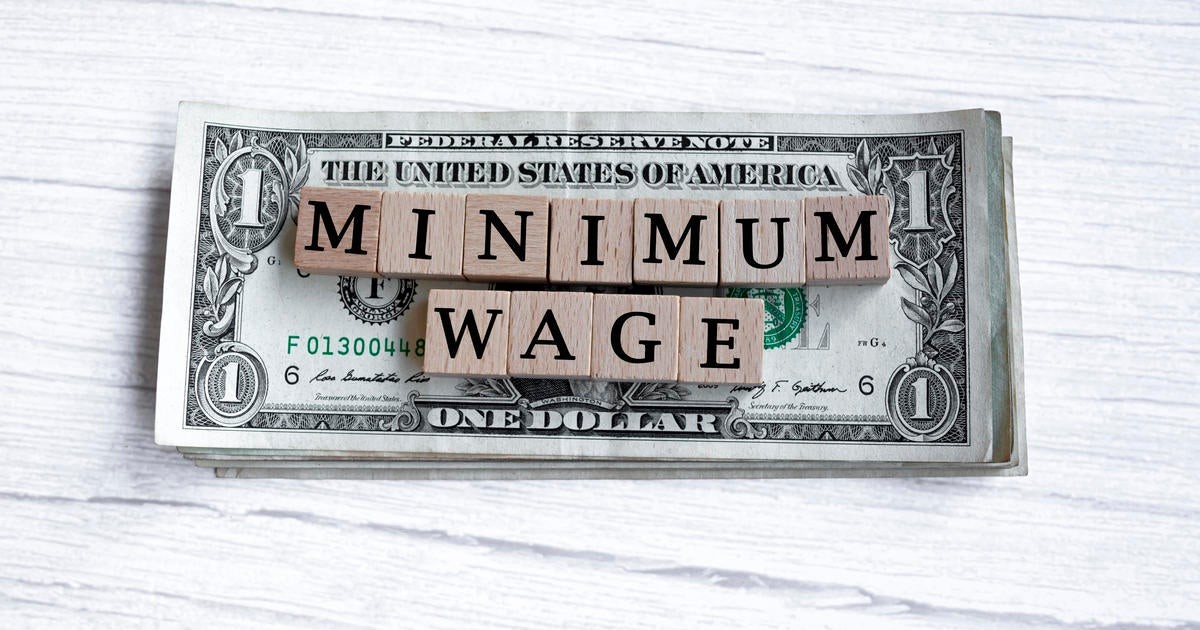
In a sweeping change affecting over 9.2 million workers, twenty-one states and 48 cities and counties across the United States will implement minimum wage increases starting January 1, 2025.
The upcoming raises stem from various sources: thirteen states will adjust wages based on inflation rates, six states through new legislation, and two states through voter-approved ballot measures.
Among the workers benefiting from these increases, approximately 20% live in households below the poverty line, while nearly half have family incomes less than double the poverty threshold.
Notable state increases include:
- California: Rising to $16.50 per hour
- New York: Increasing to $16.50 in NYC, Long Island, and Westchester; $15.50 elsewhere
- Washington State: Moving to $16.66 statewide
- New Jersey: Climbing to $15.49 per hour
- Nebraska: Jumping to $13.50 per hour
Several cities will implement even higher rates, particularly in high-cost areas. For instance, Seattle's King County will require large employers to pay at least $20.29 per hour.
The federal minimum wage remains unchanged at $7.25 since 2009, with twenty states still adhering to this rate. According to the Economic Policy Institute, this base rate has lost 30% of its purchasing power due to inflation over the past 15 years.
By 2027, projections indicate nearly half of U.S. workers will live in states with minimum wages of at least $15 per hour, marking a substantial shift in wage standards across the country.
Some states will see increases later in 2025, such as Florida, where the minimum wage will rise to $14 per hour on September 30.
The widespread wage increases reflect ongoing efforts by states and localities to address cost-of-living challenges, despite federal inaction on minimum wage policy.